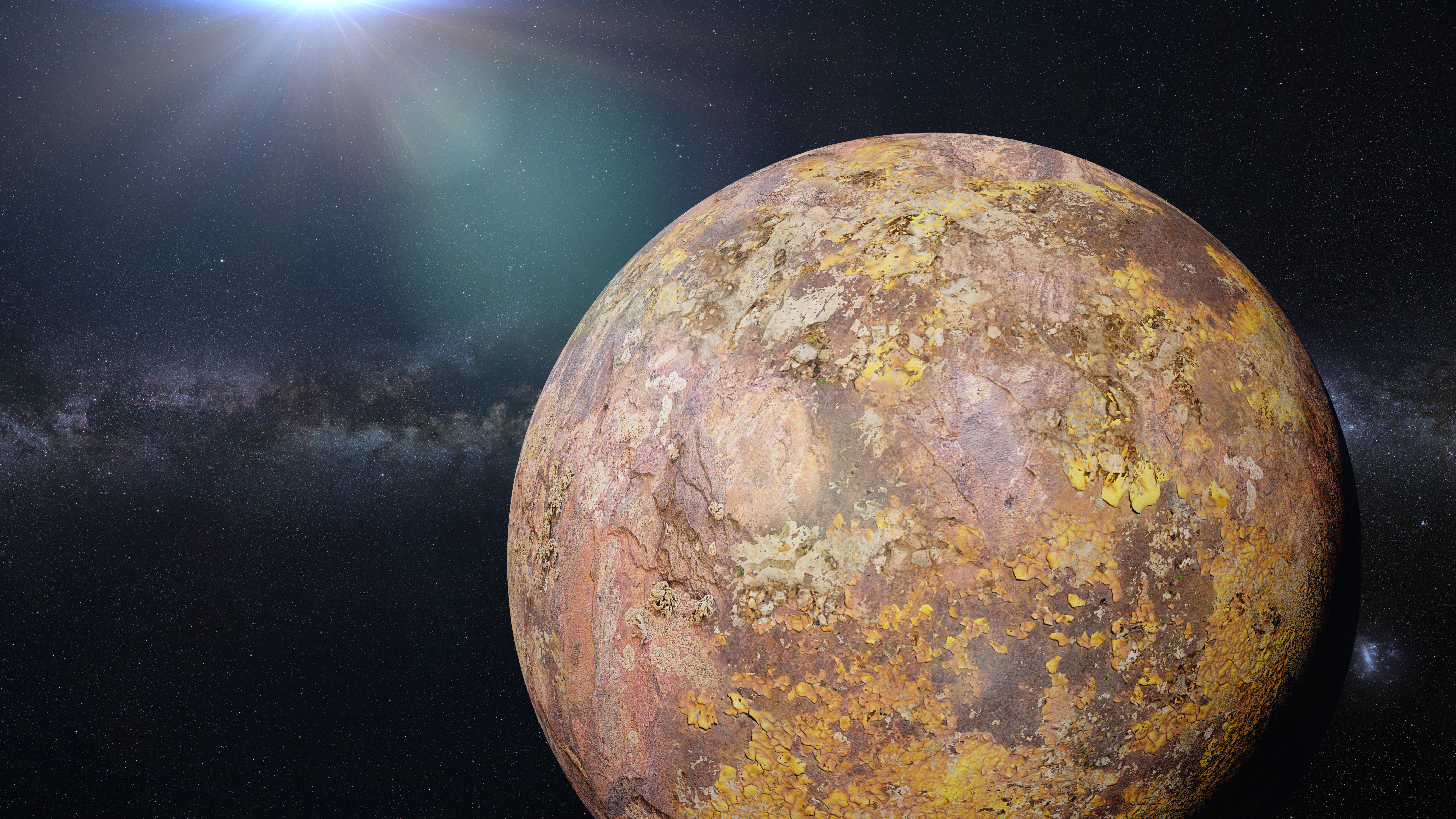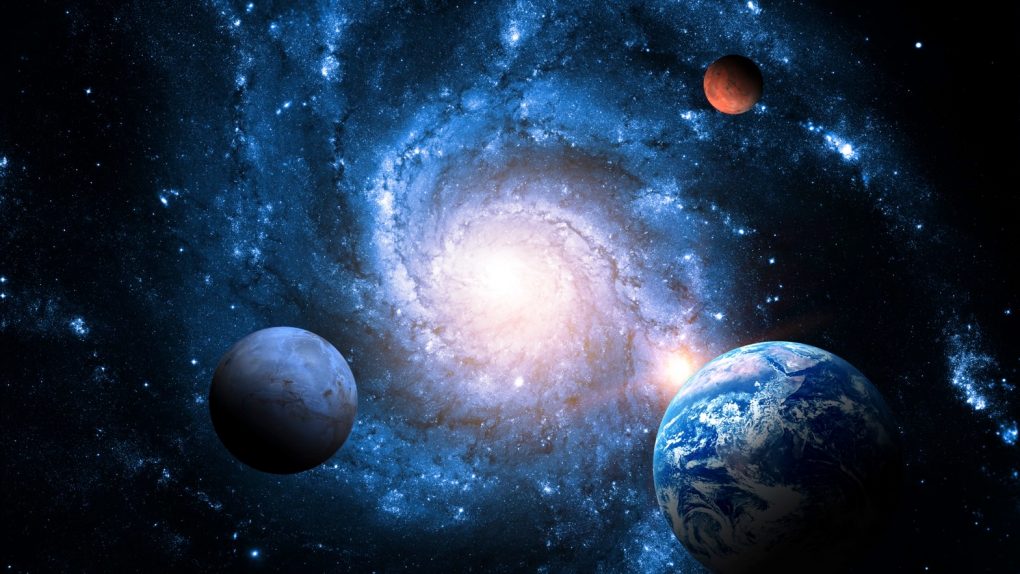The Chinese Academy of Sciences says that a search for habitable exoplanets could be one of several key Chinese space missions set to launch over the next several years.
China will choose new space missions soon

A lot of different space agencies have big plans for how they want to explore the universe over the coming decade. For starters, NASA wants to put people on Mars in the 2030s. There’s even an ongoing mission to build a station orbiting the Moon. To make things even more interesting, China’s future space missions could include a search for habitable exoplanets, according to new reports.
SpaceNews shared the first report about China’s future space missions. In the report, the outlet notes that 13 missions have been proposed altogether. Of these 13, somewhere between five and seven will be chosen for launch within 2026 and 2030. The Chinese Academy of Science (CAS) outlined the missions in the Chinese Journal of Space Science back in June.
Altogether, the missions that the CAS has proposed are all intriguing. Several are based around astrophysics and astronomy research, like The Enhanced X-ray Timing and Polarimetry mission. This future Chinese space mission aims to study the state of matter when it is under extreme conditions. The nation also plans to search for more evidence of dark matter with the Dark Matter Particle Explorer-2.
The search for habitable worlds and a closer look at our solar system

Four of the 13 outlined missions will also look for heliophysics effects, while another four will be aimed at studying Earth and other members of the solar system more in-depth. This includes closer looks at Venus and new exploration of Earth’s low-orbit climate and atmosphere.
Finally, two of China’s proposed space missions will focus heavily on searching for habitable exoplanets. The first of these missions, titled the Closeby Habitable Exoplanet Survey (CHES), will study 100 sun-like stars within 33 light-years of Earth. China plans to use micro-arcsecond astrometric techniques to study those systems. And it could point toward habitable exoplanets nearby.
Another option is the Earth 2.0 (ET) mission. This mission, China says, will look specifically for Earth-sized exoplanets with orbits similar to the one our planet holds around the Sun. The nation will use a seven-telescope instrument to conduct the study.
What China’s future space missions will actually turn out to be is still unclear. The nation still needs to narrow down the list from the 13 that the CAS has proposed. As such, the CAS will need to assess each mission based on the criteria it needs to meet. This includes the requirements for budget and even the technological capabilities needed to complete the mission.








